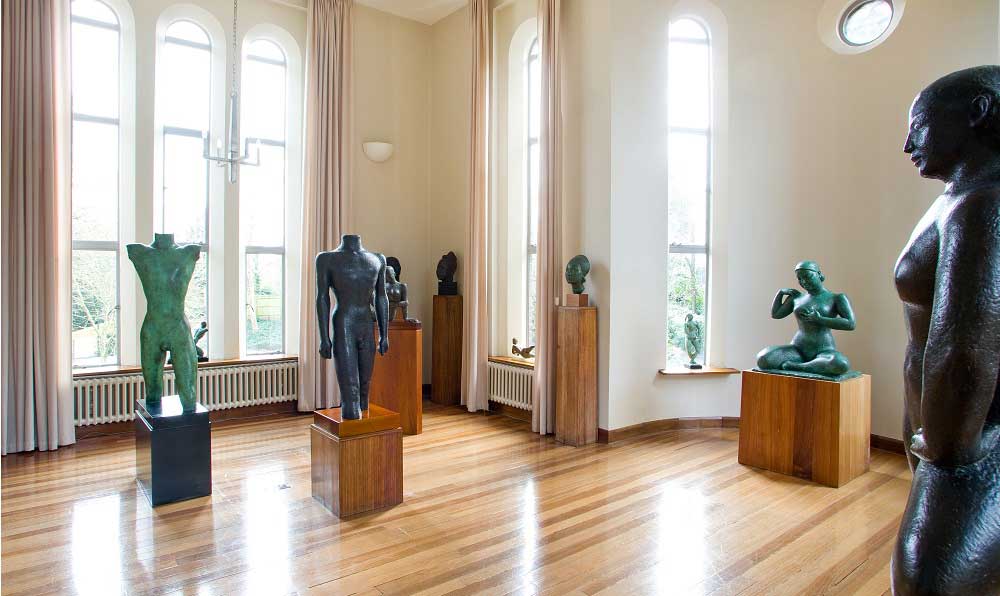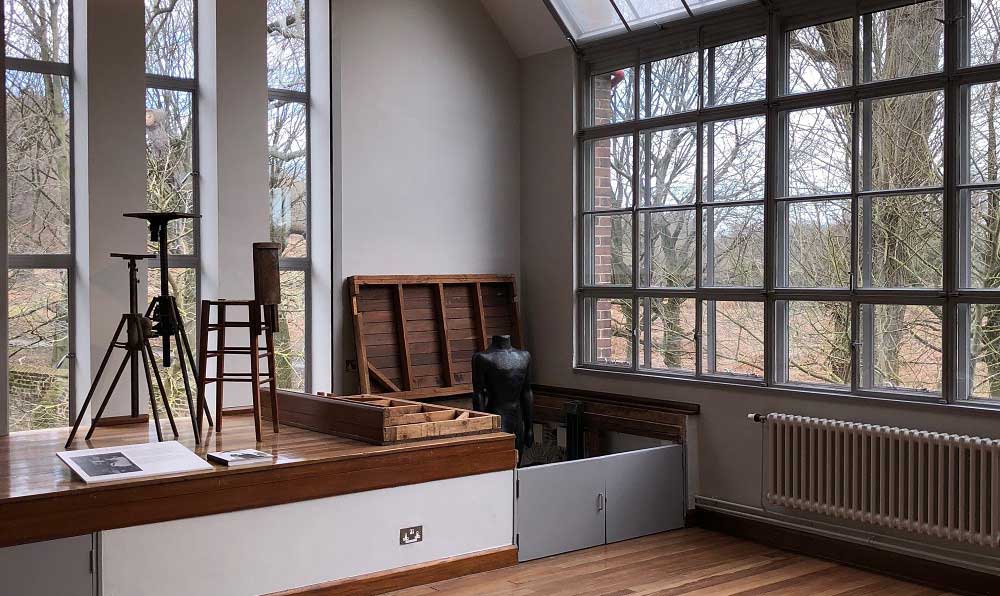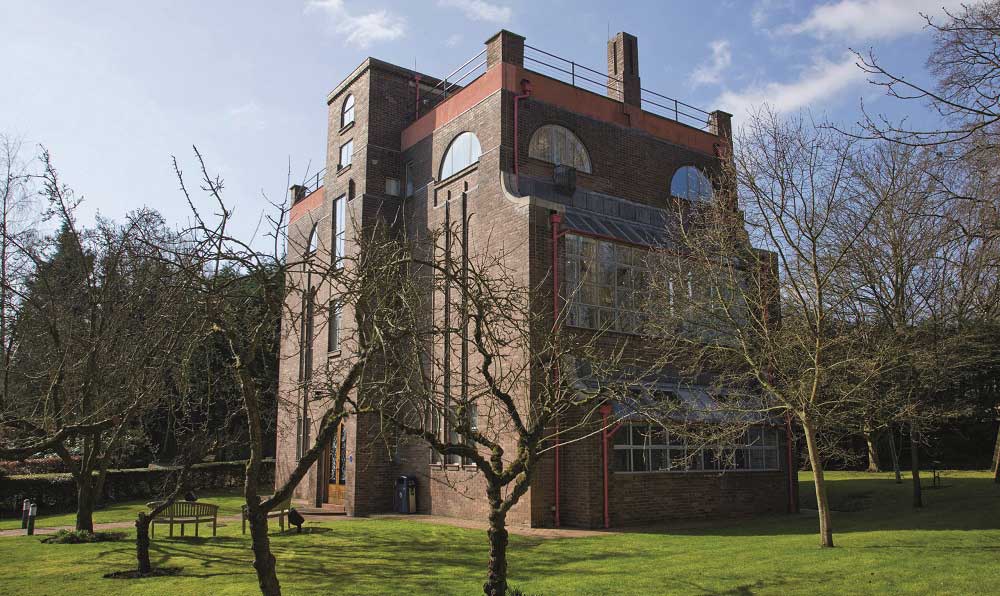
Kingston Heritage Month: Spotlight on Dorich House
For Kingston Heritage Month, we head to Dorich House to find out how it is unravelling the mystery of the home of artist Dora Gordine
Forget Brangelina, Bennifer and Kimye. The power couple portmanteau trend started long before with ‘Dorich’, the combination of Latvian artist Dora Gordine and scholar of Russian art Richard Hare, who combined their names and conferred it onto their house and studios in Kingston Vale. Designed by Gordine, and completed in 1936, the house personifies the artist, with the dramatic Modernist villa appearing almost sculptural – although described by some at the time as factory-like in appearance.
Walking around the three-storey building with Dorich House Museum curator Fiona Fisher, it is clear that Gordine considered her art above everything else and while the house is grand in scale, its living quarters are somewhat modest, with most of the property having been given over to her studio spaces and gallery. And it was from this home that she entertained high society and the great and the good of the art world.
“She gave short shrift to those who didn’t consider art as important as she did,” says Fiona. “She would not have been impressed by anyone who came late for a sitting!” Many celebrities of the time sat for her, including famous actors and actresses. Best known for her sculptures, Gordine was lauded for her ability to convey the inner-most personalities of her subjects.
With her dark hair pulled into her severe trademark kiss-curls, she would have been quite a formidable character. Passionate about her career, she gained influence in Europe and Asia, establishing herself in the male-dominated art world. In 1924, she was employed as a painter of murals for the interior of the British pavilion for the Exposition Internationale des Arts Décoratifs et Industriels Modernes. She later exhibited alongside Barbara Hepworth and at the Royal Academy. Public commissions included the sculpture, Mother and Child, which was unveiled at the Royal Marsden hospital in Sutton by Queen Elizabeth in 1963. At the height of her career, Gordine was acclaimed as ‘very possibly becoming the finest woman sculptor in the world’.
From a middle-class Jewish family, Gordine’s Dorich House was inspired by the places she had lived and worked. Born in Libau, Latvia, and brought up in Tallinn, Estonia, she worked in Paris and Singapore, before settling in Kingston with her third husband Richard Hare, the second son of the fourth Earl of Listowel, whose aunt lived in the borough.
Fiona explains that the house is significant not just for local heritage but also the wider art world: “The house itself is a rare example of a house designed by a woman artist, and in the spirit of Gordine, Dorich House Museum continues to support women’s creative practice.”
Quite possibly drawn by the views, she certainly made the most of those from her Kingston home – head to the roof terrace and you can gaze out over the tree tops of Richmond Park and far beyond. She and Hare lived in the small but elegant rooms on the floor below. There is a dining room, lounge and a bedroom – the rooms featuring influences from her global travels. Stunning oriental moon doors divide rooms, and reference her time in southeast Asia. Gordine lived in the house up until her death in 1991, her husband having passed suddenly from a heart attack in 1966, at which time she withdrew from the busy public life they had. It later passed into the hands of Kingston University and became a museum.
Glass cases now display part of their Russian collection of art, and the rest of the house is given over to her striking sculptures and studio. There is a sense of peace about the place and today the house continues to inspire – students from the university use the spaces and contribute to the museum’s projects, rooms are hired out for corporate away days and celebrations, and community groups meet in the café.
This year, the museum was awarded a National Lottery Heritage Fund grant to find out more about the life of this enigmatic artist – much mystery still surrounds Gordine and Dorich House. The research project, called the ‘Squatter Years’, is exploring the history of Dorich House in the 1980s and 1990s, focusing on its transition from Gordine’s home to a museum. During this time, it became Grade II listed, part of the art collection was stolen in a burglary, it was used as a squat, and became a film set for Nicolas Roeg’s film Two Deaths, before being acquired and renovated by Kingston University. The museum wants to hear from anyone (anonymously if preferred) who has any memories or information at all from this time. It is also looking for volunteers for the project. Do get in touch if you can help piece together some of the jigsaw of this fascinating place…
dorichhousemuseum@kingston.ac.uk
Visit Dorich House as part of the Kingston Heritage Festival. It also re-opens after the summer on 12 September.
www.dorichhousemuseum.org.uk








